
🎥 What does it mean? This is how your school meets the academic, social emotional, and other learning needs of all students.
Some students in your school need additional instruction and support in specific areas, but it's critical to understand that any supplemental support the school provides is simply a layer on top of our core/universal supports.
Layers of Support
The "tiers" below help a school to maximize available resources (e.g., staff time) to efficiently address the needs of all students.

Tier 1 is the core, the instruction, supports, procedures, etc. that all students in the school experience. Tier 1 is the foundation of any additional support that a student might receive. In order for the rest of the system to function effectively, it's vital that Tier 1 is designed to meet the comprehensive needs of the vast majority of students.

Tier 2 interventions are supplemental and sometimes referred to as "plug and play" interventions. Each Tier 2 intervention program works similarly for all students receiving it. Because of this predictability, we can easily match interventions with student needs, and the intervention should be rapidly accessible.
 Tier 3 interventions are intensive and individualized. This doesn't mean that the student must receive a one-on-one intervention. It means that the student receives instruction/support more often, for longer periods, and the intervention is increasingly customized to address each student's unique needs.
Tier 3 interventions are intensive and individualized. This doesn't mean that the student must receive a one-on-one intervention. It means that the student receives instruction/support more often, for longer periods, and the intervention is increasingly customized to address each student's unique needs.
Special Education could be referred to as "Tier 3 on steroids" because it's conceptually the same thing, but with a few important distinctions:
- There is funding available to further intensify interventions and provide them long-term.
- There are legal due process protections for students with disabilities (e.g., discipline protections).
- The toolbox for modifying environments and tasks (even in core) expands dramatically for students with disabilities.
 Mapping Your School's Interventions
Mapping Your School's Interventions
We recommend using the Tiered Support Snapshot template to keep track of key details regarding your school's intervention menu: the who, what, when, where, etc. Here's an example completed copy.
Tip: A handy way to maintain a resource like this is to 🎥 make it "perennial Google Doc" (3:49).
Evidence-Based Practices
Click a button below to browse useful tools and information to help support students in all areas of learning and functioning!

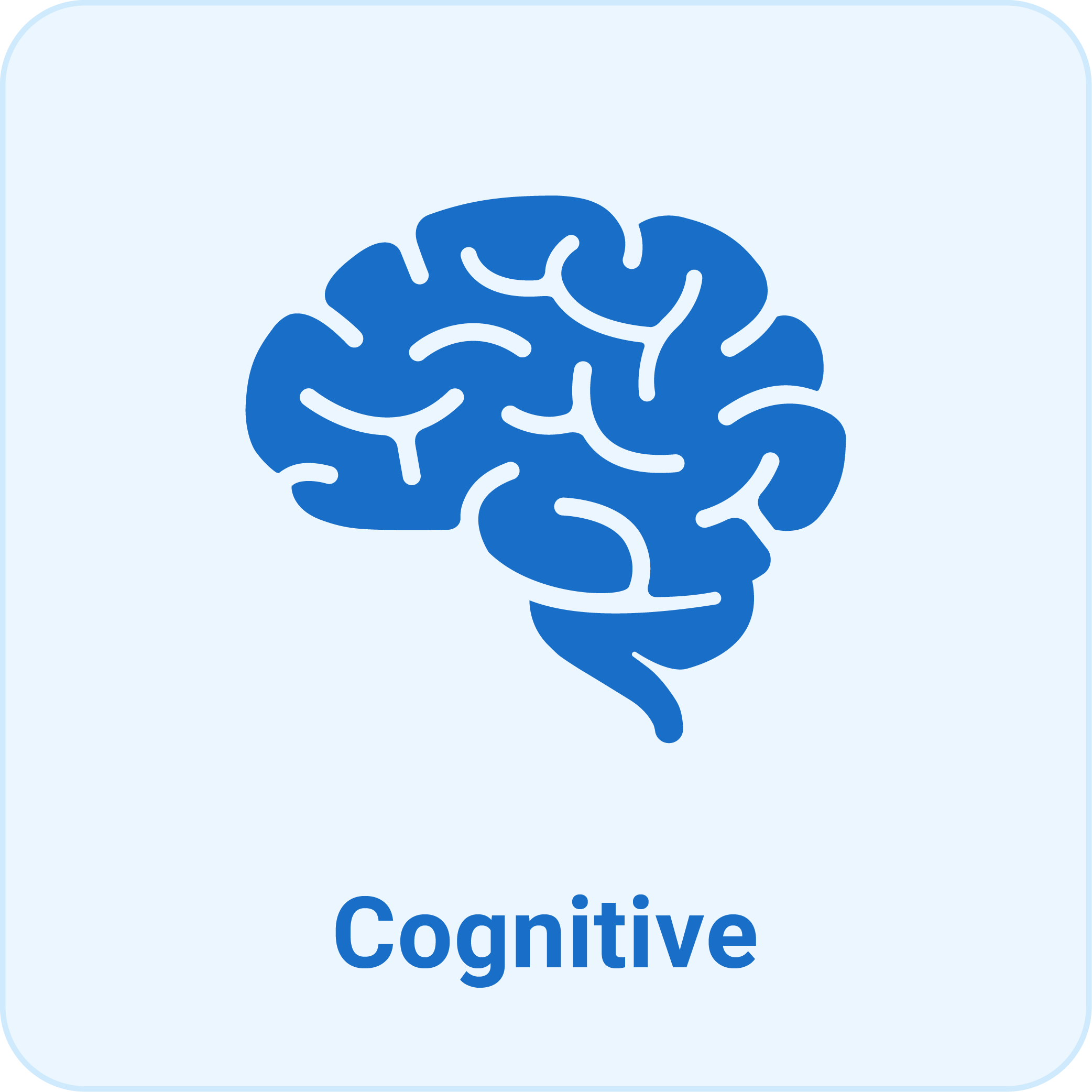
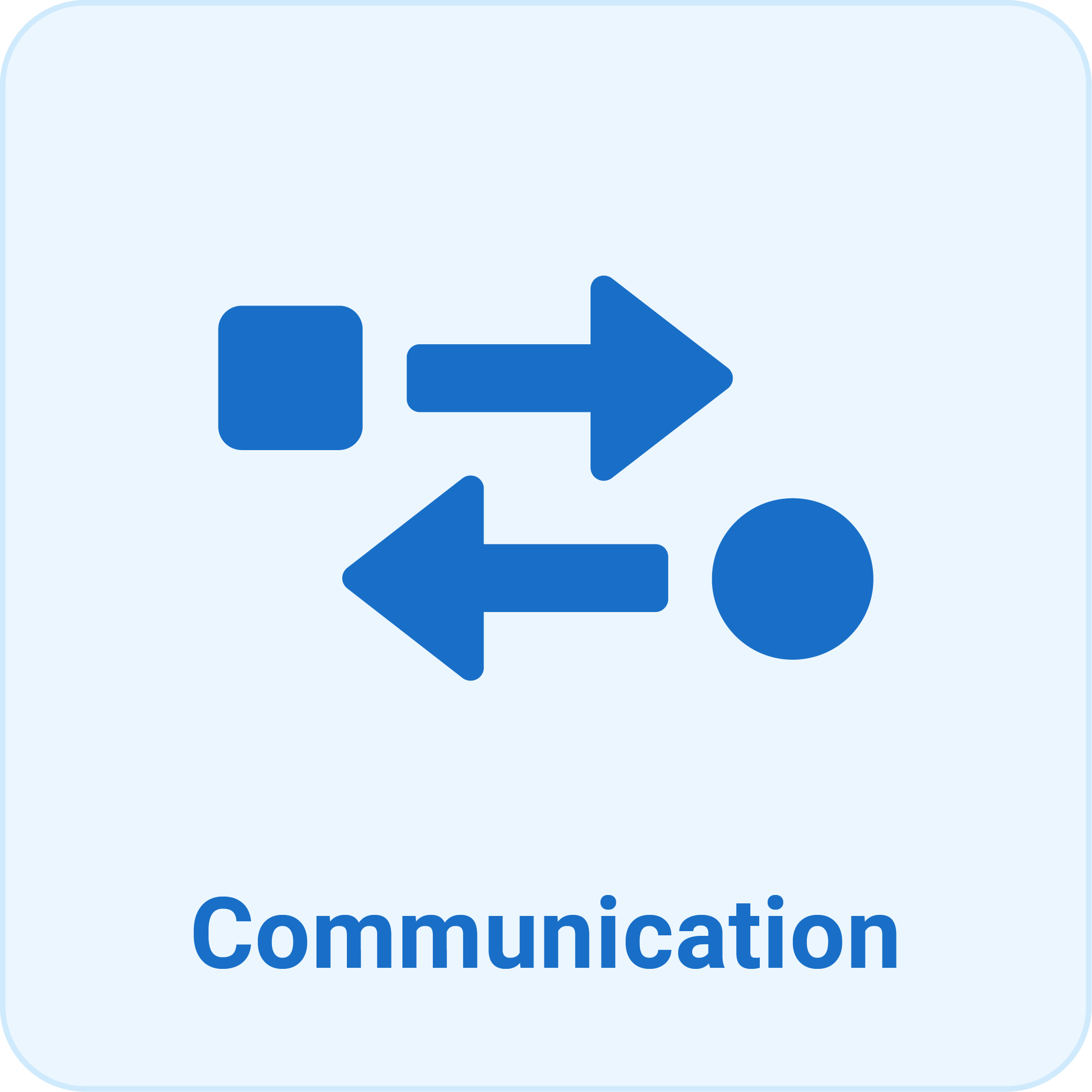


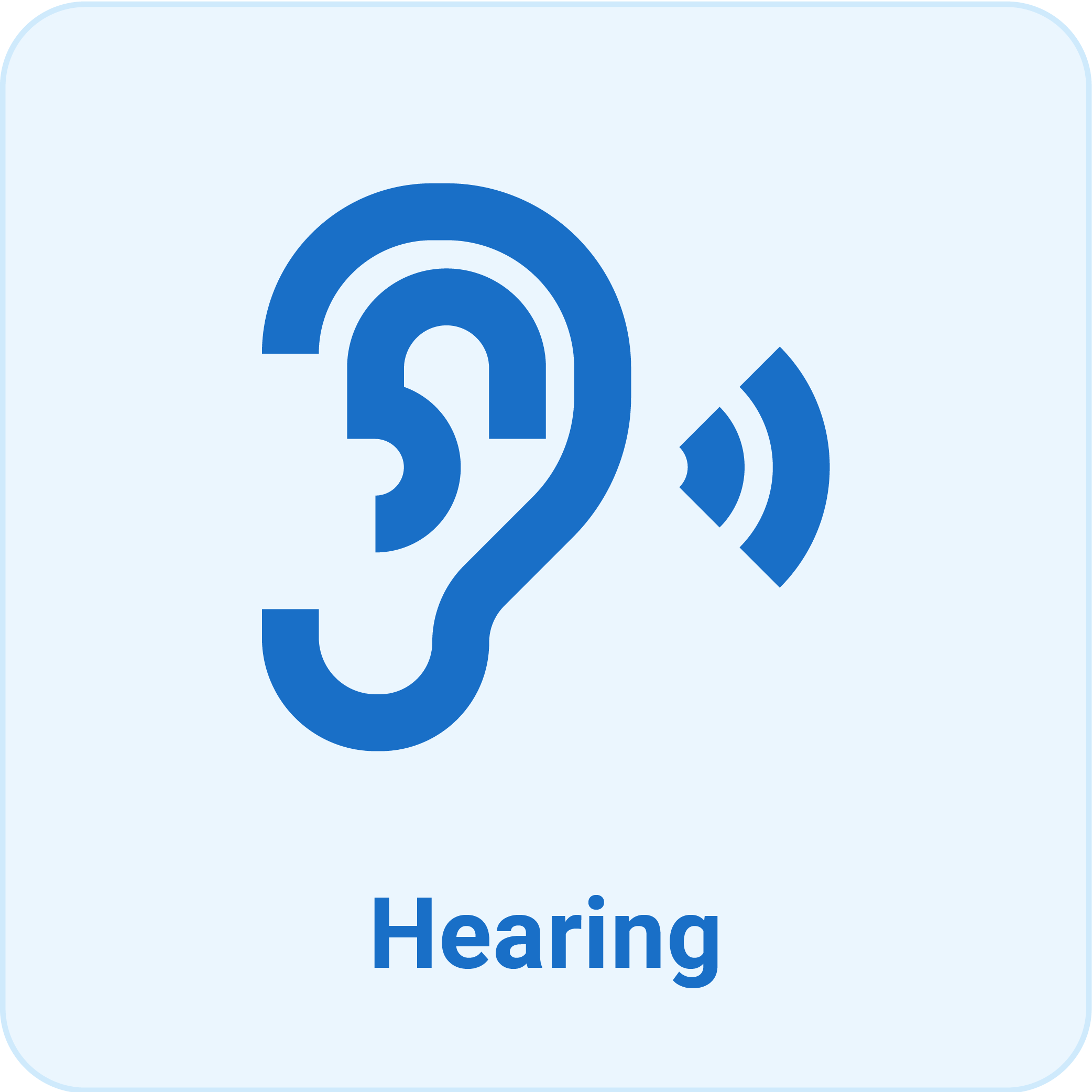


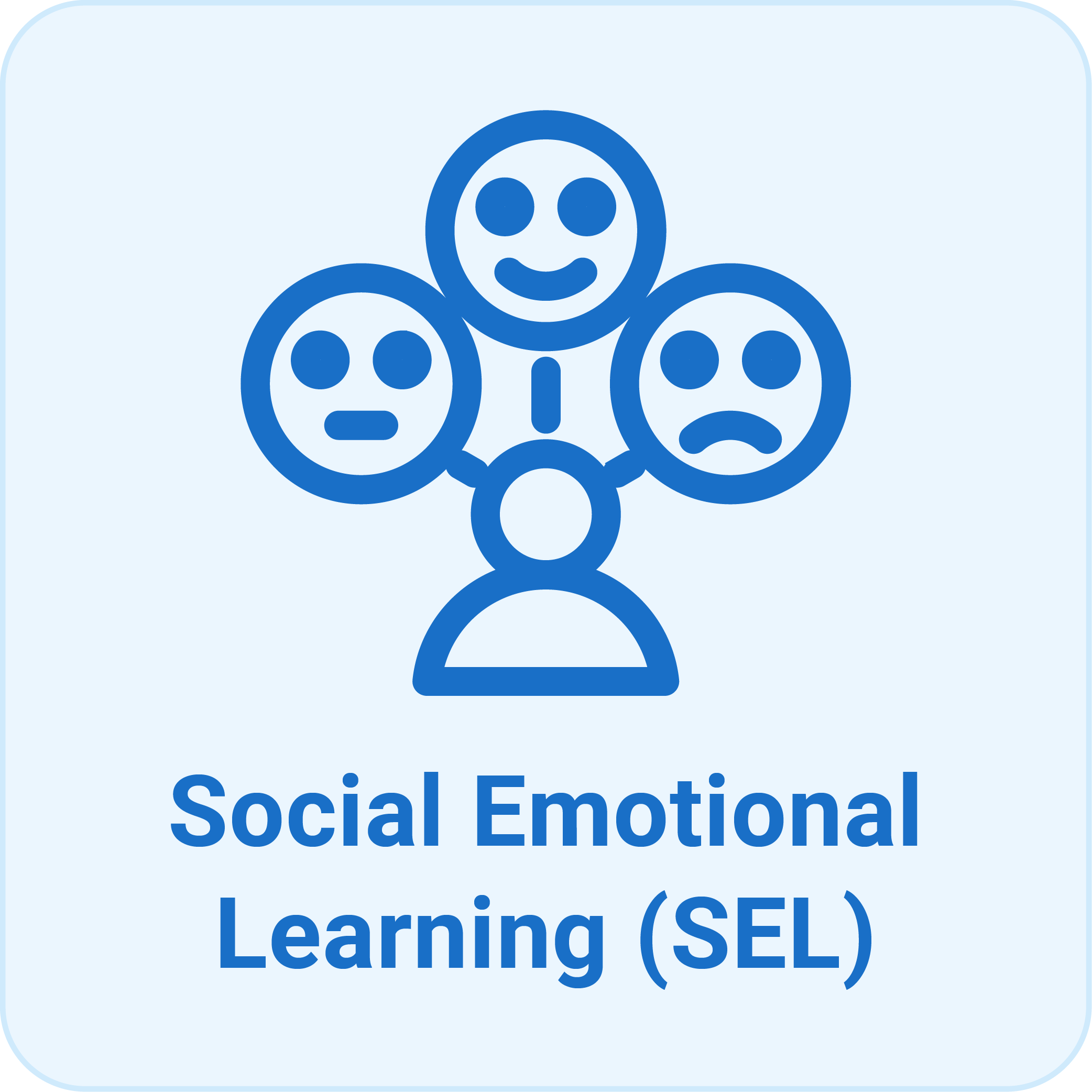
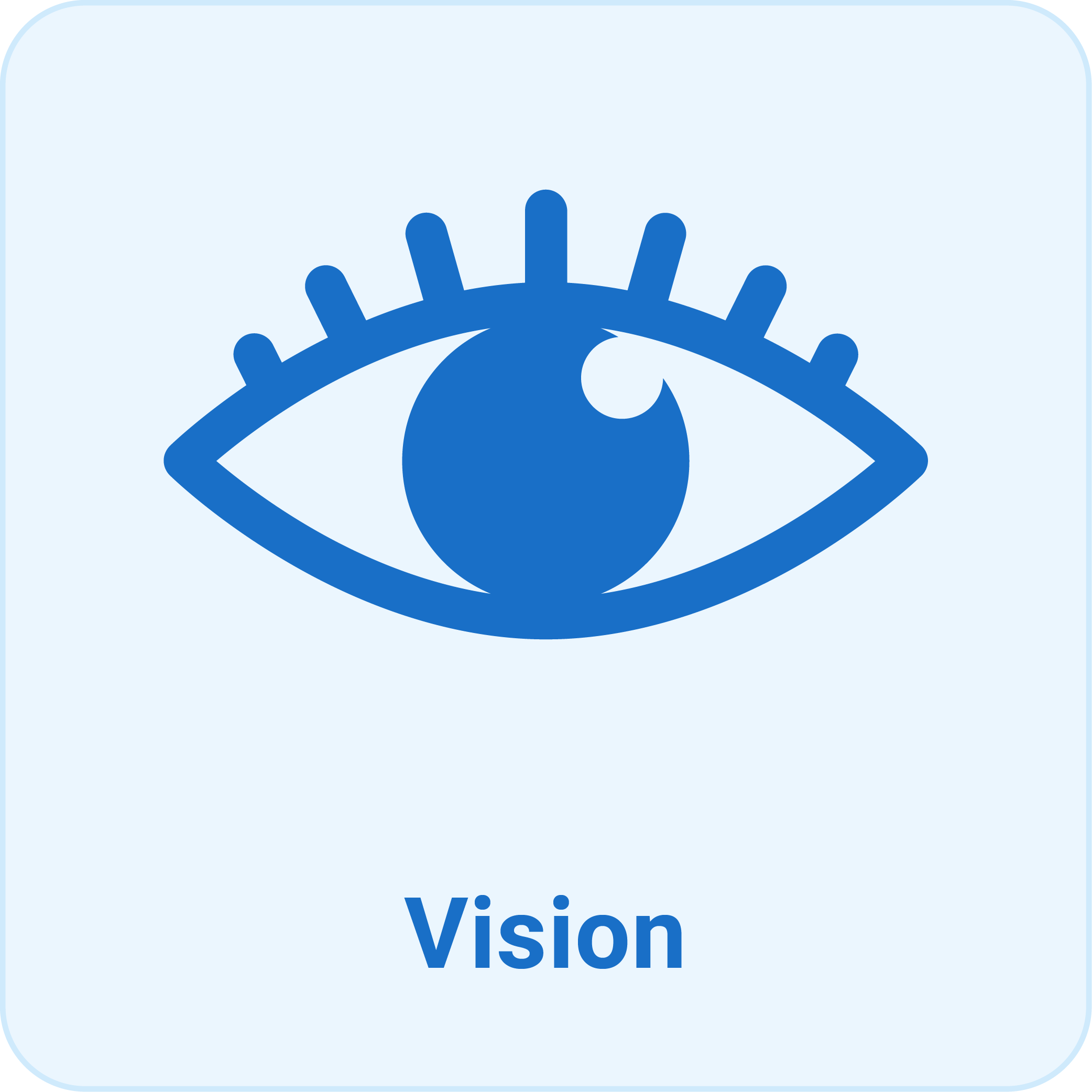
These websites index programs and provide information regarding their evidence-base:
These sites provide guidance on assessing efficacy:
Equity
School staff should strive to be deeply knowledgeable about students’ lived experiences, cultural backgrounds, and the local community context. We should provide opportunities for students to learn about differences, develop their own identities, and create learning environments that include and show dignity to everyone, regardless of how we differ.
Race and Ethnicity
- Resource Folder: Professional learning resources intended to promote an understanding of cultural backgrounds and lived experiences.
- Learning for Justice: A sortable index of webinars, articles, student texts/lesson plans, and more.
- Facing History and Ourselves: This page is consistently updated with new discussion guides, lessons, etc. to help you talk to students about complex current events.
- Talking About Race: This online portal is designed to help educators, families, and other individuals talk about racism, racial identity, and the way these forces shape society.
Gender and Sexual Identities
- Resource Folder: Professional learning resources intended to promote an understanding of gender and sexual identity.
Trauma Awareness
- Resource Folder: Resources that will help educators to understand the ACEs study and the effects of toxic stress on health and brain development.
|
Related Topics
- Visit our ADSIS or special education pages to learn about these programs that support a continuum of intervention support.
- Learn about the teams that make decisions about what these tiers of support look like and how students enter and exit interventions.
- Learn about the data-based decision making routines and procedures that help this continuum for supports to function effectively and improve over time.
- Before students enter an intervention, we must notify parents and provide an opt-out opportunity. Learn more about intervention notification for parents.
|
|
Connect
 If you have questions re: your continuum of supports, the staff below are generally "point people" on this topic and can help you wrap in more folks if needed. If you have questions re: your continuum of supports, the staff below are generally "point people" on this topic and can help you wrap in more folks if needed.
|